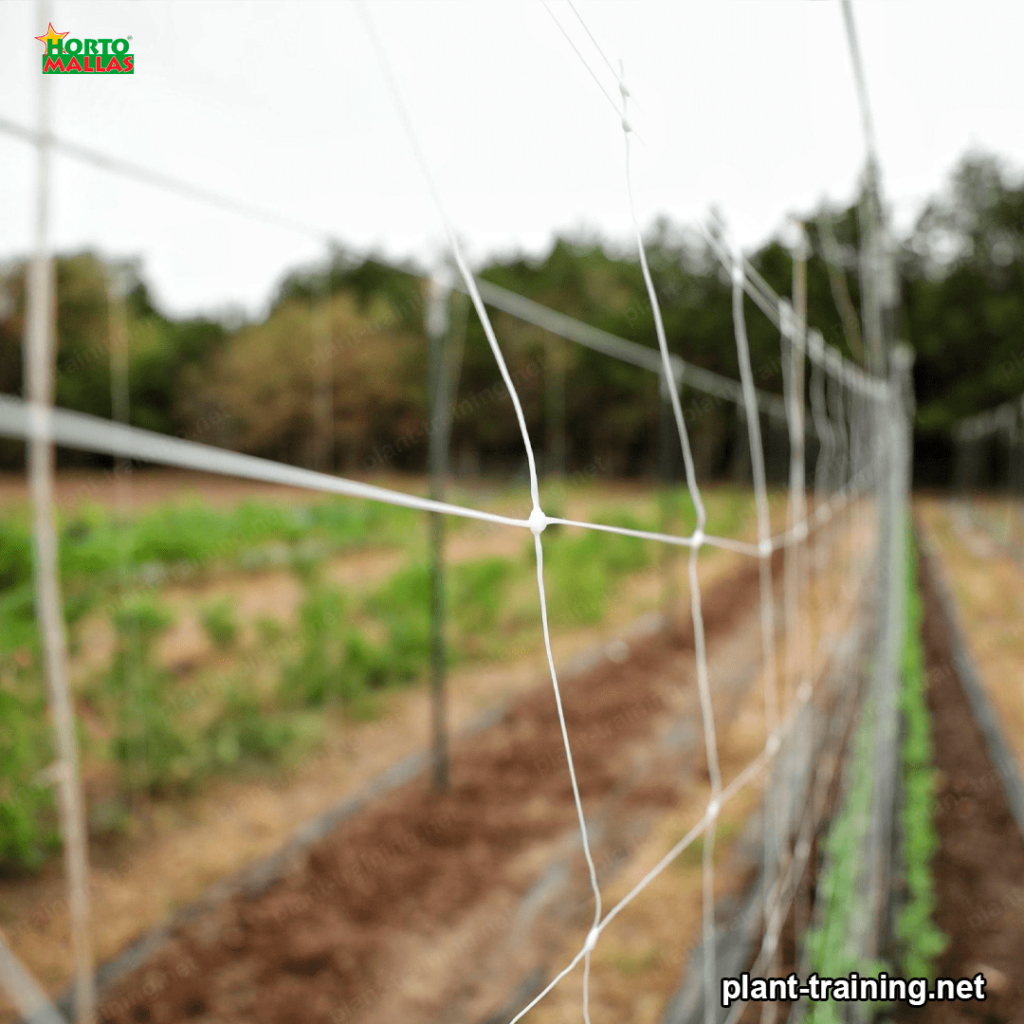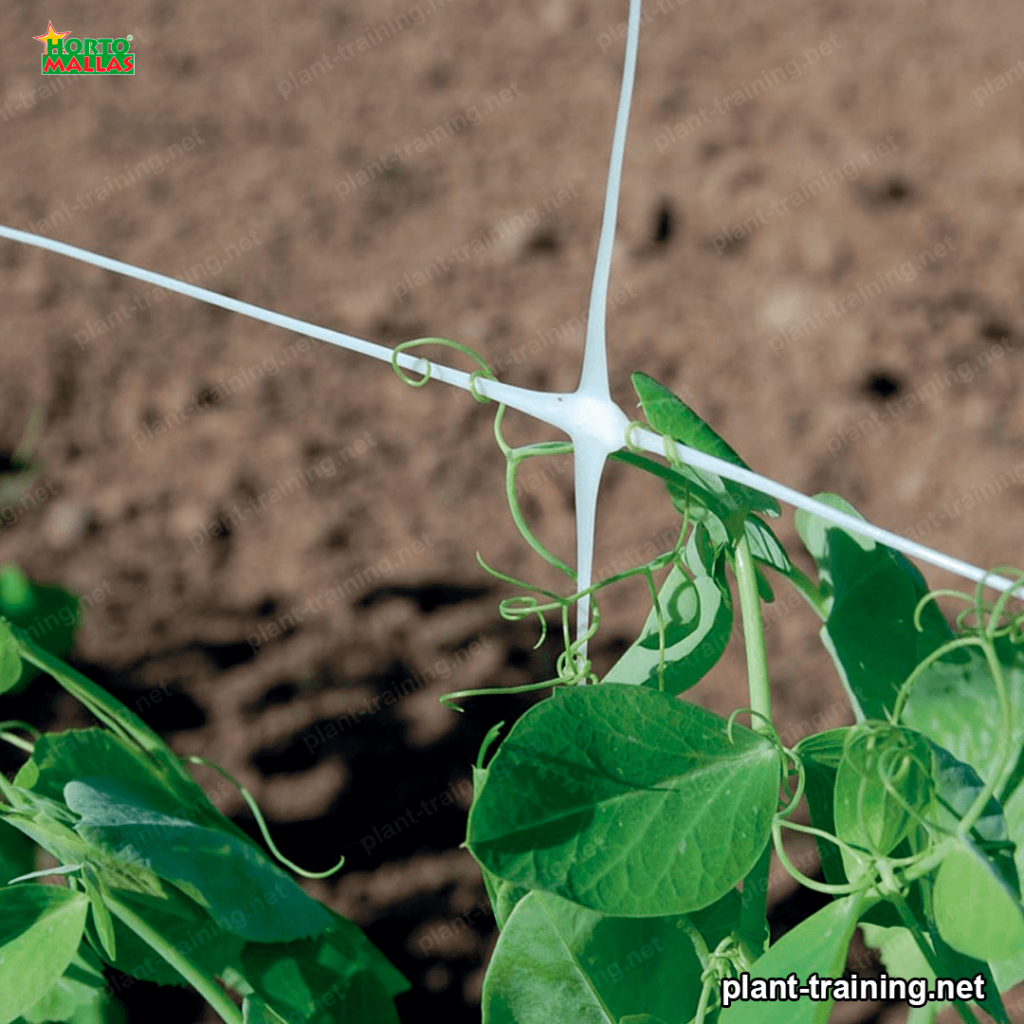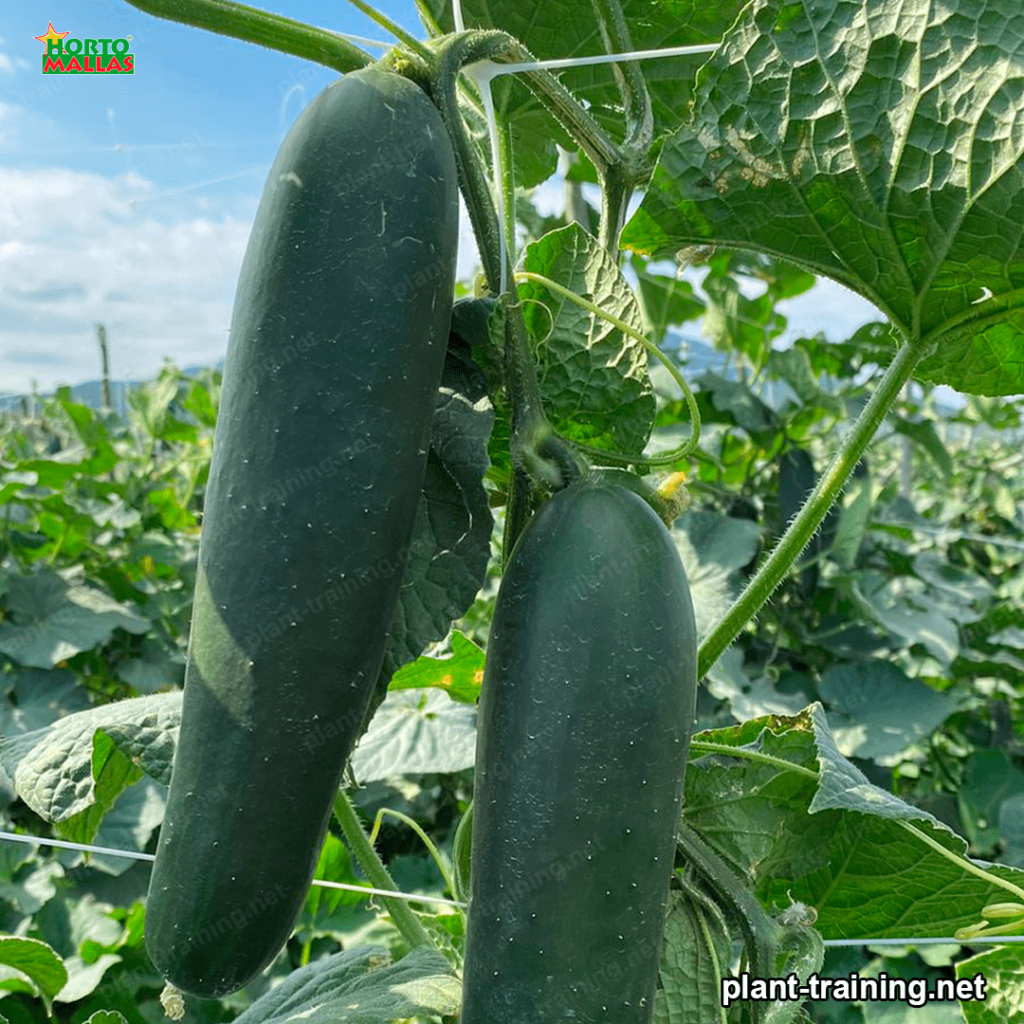Introduction
Agricultural plantation have been used for thousands of years as a means of obtaining a food source. If the best agricultural results are to be obtain. It is very important to properly train the plantation to ensure the survival and health of the crops.
A proper environment can allow crops to thrive and grow in a healthier manner, and this in turn will produce greater profits. Decking not only saves time and reduces the efforts that must be made to maintain crops, but also helps prevent disease and pests. As well as weather and animal damage.
By placing decking around an agricultural plot, protection is provided against any elements that may want to damage crops. Such as animals in transit, wind, rain, snow and cold. Decking can also prevent soil erosion caused by the eruption of increased amounts of rainfall. It also ensures that nutrients and minerals need for crop grow are not extract from the soil. In addition, it provides shade and protection from solar activity, which is sometimes too strong for crops.
A well-designed decking can also allow for smooth soil establishment. The goal of proper planking is to generate a perfect circle. As this allows farmers to work with tools without having to worry about losing establishment to wind. This also makes it easier to irrigate and plant crops, which increases food production.
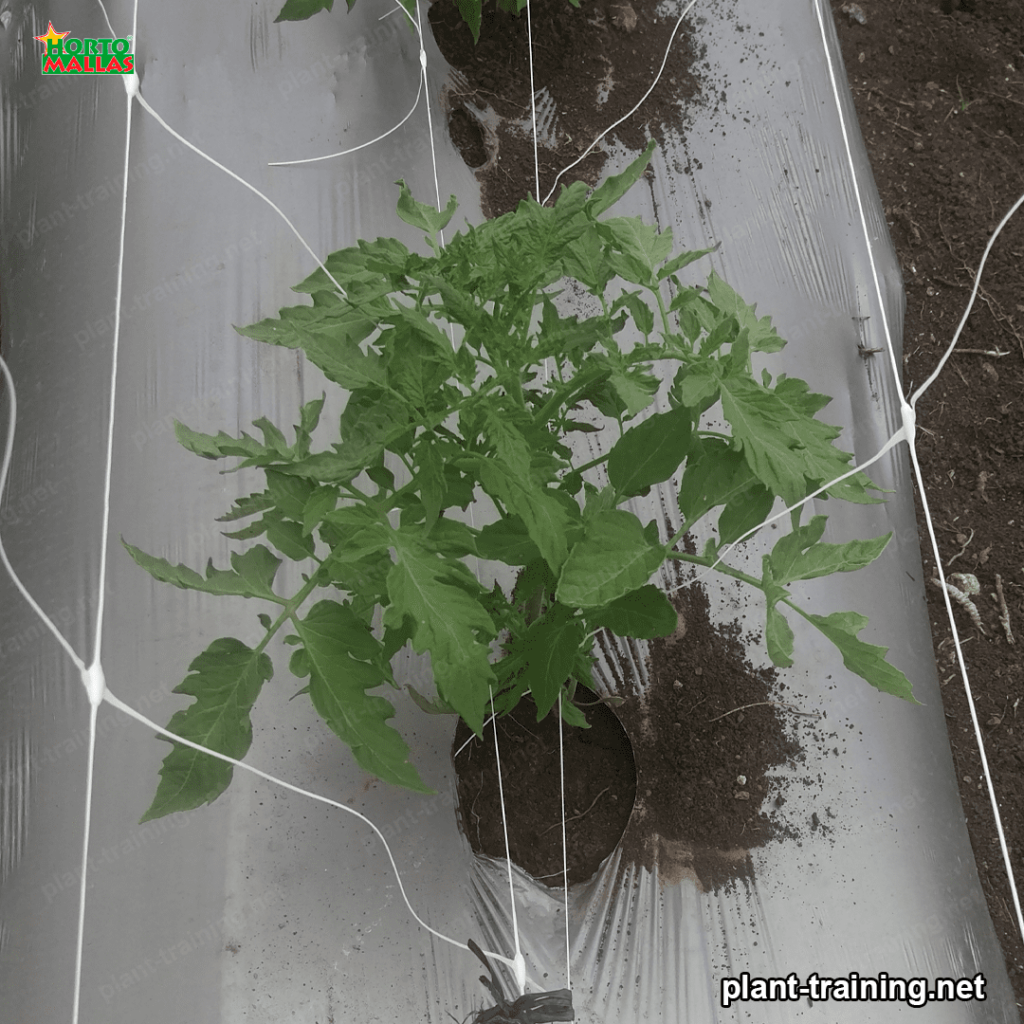
In addition, entorar serves as a way of signaling that a particular plot functions as a cultivation site
This ensures that farmers and workers know exactly where they need to be working. Allowing them to perform work more safely. This prevents accidental spills, which could result in damage to crops, wildlife and the ecosystem in general.
Bedding the fields is important because it provides greater safety for common pesticides and fertilizers used on crops. This means that farmers can apply their chemicals without worrying about the possibility of them leaching into the environment and affecting trout or other nearby creatures.
Planter palletizing is essential to ensure safe and sustainable local food production. Mulching provides protection from wind, erosion, animals, rain and sun. It also facilitates irrigation, planting and the safe application of pesticides and fertilizers. And it is a way of marking the growing site. With proper mulching, farmers and workers will benefit from a healthy and safe environment.
Defects generated by the lack of mesh for agricultural plantation tutorship
The lack of netting for trellising agricultural plantation produces many defects that can compromise the overall development and yield of the crop. One of the main consequences is a reduction in crop yield, since the netting acts as a solid support for plant care. Without it, the plant may be at risk from excessive winds or strong ground shaking, especially in mountainous regions or agricultural land. This can have a negative effect on the quantity of crop production. As well as on the appearance and quality of the final yield. The lack of trellising netting can also cause a decrease in crop yields due to soil deterioration caused by the presence of contaminants such as pesticides, fertilizers and additives. If the netting is not adequately cover, these materials can enter the soil and affect soil fertility, damaging crops.
A suitable netting for agricultural plantation also helps prevent soil erosion. Especially in regions where there is a lot of rainfall. If this security at the soil front does not exist, the water flow will erode the soil and nutrients will be lost. This will have a negative effect on crop quantity and quality. If there is no netting for trellising agricultural plantation. The plants could also be affect and be at risk from diseases and pests.
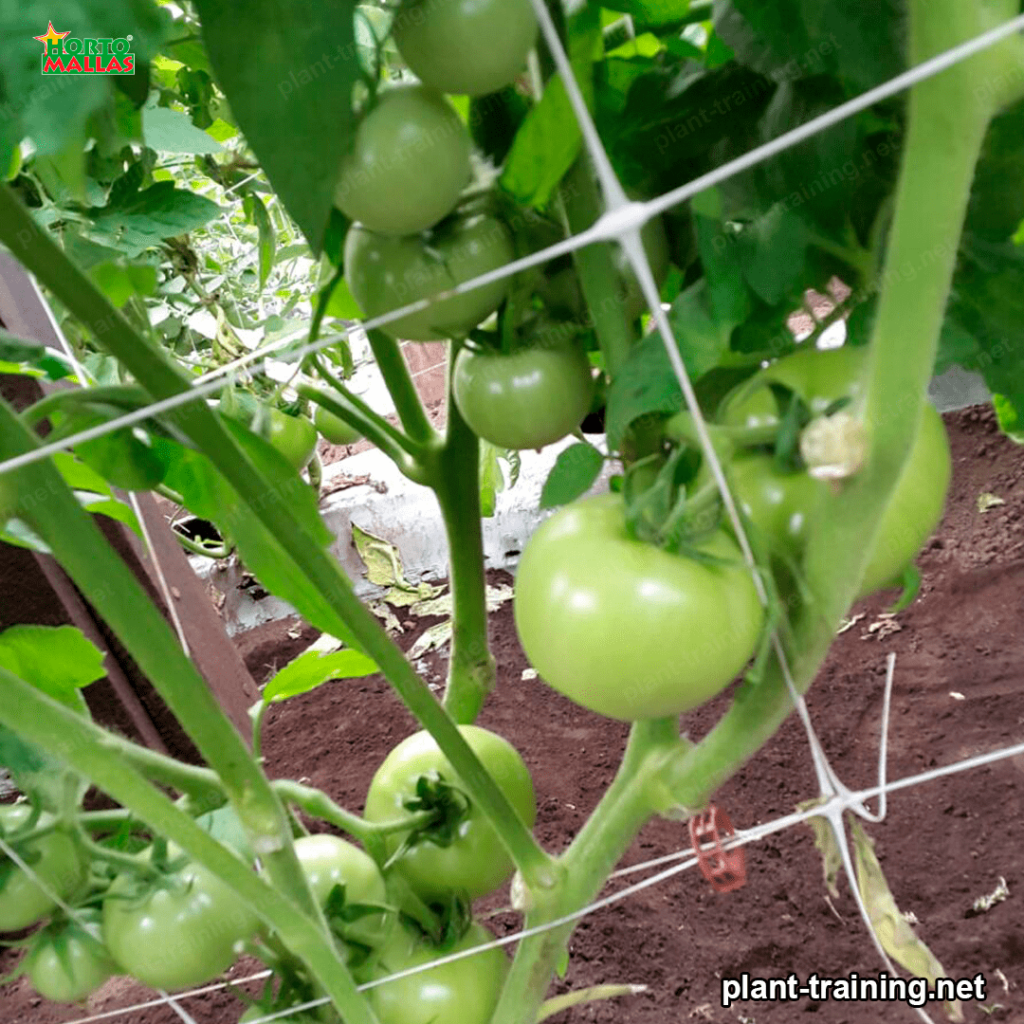
How to prevent damage to an agricultural plantation with trellising netting?
The trellising netting is an important tool to prevent damage to agricultural plantation. This netting helps to support the plants, protecting them against anything that could injure them. It also creates a barrier between crops and animals, preventing animals from feeding on the fruit. The trellising netting is an essential tool for agricultural plantation, especially for those that are expose to any kind of threat.
To prevent damage to agricultural plantation with trellising netting, there are several tactics that can be implement. The first is to install the mesh carefully on the farm containing the crop. It should complete the perimeter around the land so that wild animals do not enter and do not commit an infraction. The degree of resistance of the mesh depends on the size of the animal to which it is expose, so it is important to take this into account when choosing the mesh.
A second way to avoid damage with agricultural plantation guarding netting is to make sure the netting is tightly tension to provide extra protection. This will prevent animals from breaking through the mesh by crawling underneath. With proper tension, these critters will not have made it into the crop area.
Another way to prevent damage with agricultural plantation protection netting is to replace the netting on a regular basis
This measure is recommended when the mesh begins to show signs of wear. If the mesh is too worn, it will no longer protect the crops. Screen replacement should be done every three to four years to ensure that crops remain protected.
It is important to enlist the help of rangers. Rangers can help guard the area to prevent the entry of people or animals that may cause damage to the crops. This will also help you combat poaching, which can destroy crops in one fell swoop.
The trellising netting is an essential tool for agricultural plantation. Its proper use is very important to avoid crop damage. Installing it carefully, tightening it to provide greater resistance and changing it from time to time will help improve crop protection. In addition, having the help of foresters is highly recommend. By following these tactics, crop damage from trellising netting will be avoid.
